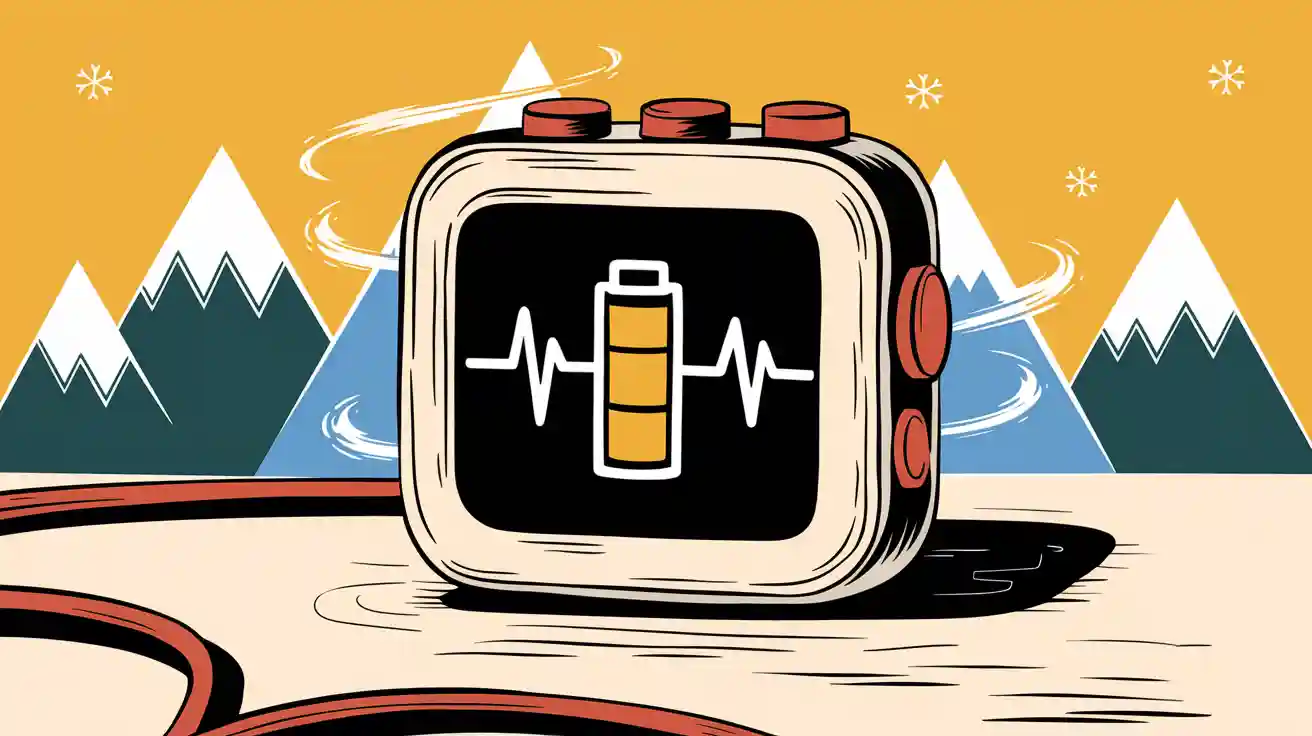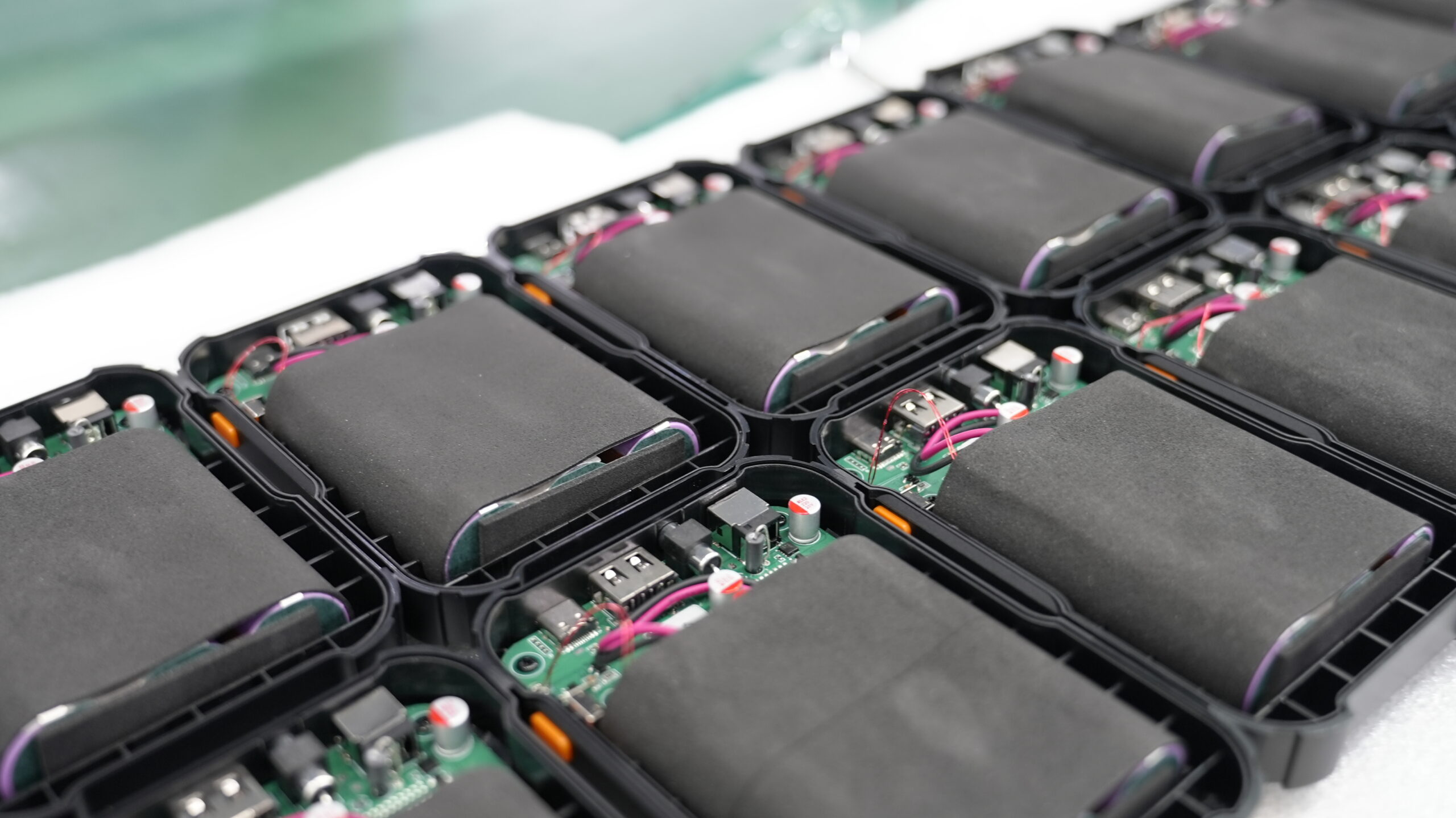
You face significant challenges when deploying medical device battery solutions in high-altitude or low-temperature settings. Demanding environmental conditions can compromise reliability and safety. Recent advances in lithium battery packs offer enhanced performance for medical, industrial, and robotics applications:
Feature | Description |
|---|---|
Improved thermal stability | Withstands extreme temperatures |
Stability in rough terrain | Delivers reliable operation in harsh environments |
Maintenance-free | Reduces operational overhead |
Key Takeaways
High-altitude environments reduce battery performance due to low air pressure and temperature fluctuations. Choose lithium battery solutions designed for these conditions to ensure reliability.
Low temperatures increase internal resistance in lithium-ion batteries, leading to voltage drops. Validate battery performance in controlled conditions before deployment in cold climates.
Implement rigorous testing protocols for lithium batteries to ensure safety and reliability. Follow best practices for storage and operation to extend battery life in extreme environments.
Part 1: Medical Device Battery Challenges

1.1 High-altitude Effects
You encounter unique challenges when using medical device battery packs at high altitudes. Low air pressure disrupts internal electrochemical reactions, decreasing ion transport efficiency and slowing reaction rates. This change impacts energy density and can reduce individual battery performance. Reduced oxygen levels increase internal resistance, which diminishes battery efficiency and power delivery, especially for high-energy medical applications.
Extreme cold at high altitudes raises internal impedance, causing voltage drops and reduced capacity. Overheating risks also increase due to fluctuating temperatures and limited heat dissipation. These factors can lead to swelling, expansion, and deformation of the battery enclosure, threatening device safety and reliability.
Metric | Normal Pressure (96 kPa) | Low Pressure (20 kPa) | Impact of Low Pressure |
|---|---|---|---|
Capacity Retention Rate | 98.6% | 90.5% | Significant decrease in discharge performance |
Capacity Loss Rate (200 cycles) | 1.4% | 9.5% | Accelerated capacity loss in low pressure |
DICR Retention Rate | 104.4% | 138.7% | Increased retention rate under low pressure |
Structural Integrity | No deformation | Significant expansion and deformation | Safety risks due to structural changes |
Safety Valve Integrity | Stable | Prone to rupture | Increased risk of failure in low pressure |
Electrolyte Reaction | Normal | Early oxidation-reduction | Reliability challenges in low pressure |
Medical device battery packs used in high-altitude environments, such as within aircraft, must withstand these physical and chemical changes. You need to select high-altitude lithium battery solutions that offer robust structural integrity and stable electrochemical performance.
1.2 Low Temperature Impact
Low-temperature lithium-ion battery packs face significant challenges in cold climates. Low temperatures hinder ion movement within the battery, increasing internal resistance. This rise in resistance affects battery efficiency and can cause voltage drops, which are critical for medical device battery reliability.
Lithium-ion batteries show significant capacity degradation when exposed to temperatures below 0°C. Reduced conductivity and solidification of the electrolyte mean that these batteries may only maintain a small portion of their capacity or stop functioning altogether. Long exposure to extreme cold can cause irreversible damage, especially when batteries remain idle.
You must consider these factors when deploying medical device battery packs that operate in cold environments.
Tip: Always validate low-temperature lithium-ion battery performance in controlled test chambers before field deployment.
1.3 Battery Life Concerns
Battery life remains a top concern for medical device battery packs in high-altitude and low-temperature environments. Cold weather increases internal resistance, complicating charging and discharging cycles. Higher resistance leads to voltage drops and reduced power output, which can stress battery components and risk damage.
Rapid temperature changes may cause expansion and contraction, harming the battery and accelerating wear due to freezing and thawing effects. Cold temperatures lead to reduced battery efficiency because chemical reactions slow down.
Long-term exposure to extreme cold can cause irreversible damage, especially if the battery remains idle. Lithium-ion batteries may struggle to provide necessary energy, affecting medical device functionality and battery life expectancy.
Common failure modes include swelling, cracking of the battery enclosure, thermal instability from overcharging or over-discharging, and internal short circuits due to impurities in battery materials. These risks threaten battery life and the reliability of medical devices in critical applications.
Cold weather increases internal resistance, complicating charging and discharging.
Higher resistance leads to voltage drops and reduced power output.
Rapid temperature changes may cause expansion and contraction, harming the battery.
Low temperatures can accelerate battery wear due to freezing and thawing effects.
Swelling and cracking of the battery enclosure may occur in extreme temperature ranges.
Overcharging or over-discharging can cause thermal instability, resulting in potential explosions or fires.
Impurities in battery materials can lead to internal short circuits, causing heat buildup and self-destruction.
Medical device battery packs must meet strict standards for battery life expectancy and reliability. You need to select high-altitude lithium battery and low-temperature lithium-ion battery solutions that address these challenges and ensure consistent performance.
Part 2: High-altitude Lithium Battery Solutions

2.1 Safety and Risk Management
You must prioritize safety and risk management when deploying high-altitude lithium battery packs in medical, robotics, and industrial applications. Extreme environments increase the likelihood of swelling, leakage, and thermal runaway. You can mitigate these risks by following strict protocols and using advanced materials.
Contributing Factors | Explanation |
|---|---|
Physical Damage | Damage to the battery casing can lead to contact with flammable materials, increasing thermal runaway risk. |
Electrical Abuse | Overcharging or high discharge rates can generate excessive heat, raising the likelihood of thermal runaway. |
Exposure to High Temperatures | High temperatures can accelerate battery degradation, potentially leading to thermal runaway and fires. |
Manufacturing Defects | Faulty assembly or contaminants can compromise battery integrity, increasing the risk of thermal runaway. |
You should implement the following risk mitigation strategies for high-altitude lithium battery packs:
Store batteries in cool, dry environments away from flammable materials.
Avoid dropping or subjecting batteries to impact.
Use only chargers specified for lithium batteries and follow recommended charging protocols.
Inspect batteries regularly for bulging, leakage, or unusual odor.
Educate staff about lithium battery hazards and safe handling practices.
Provide personal protective equipment (PPE) for employees in industrial settings.
Note: Establish safe zones and cooling techniques to manage heat. Prepare emergency plans for damaged or overheating batteries and coordinate with local fire departments.
2.2 Technology for Low Temperature
You face unique challenges when operating lithium battery packs in cold climates. Low temperatures reduce ionic conductivity and increase internal resistance, which can compromise medical device reliability. Recent advancements in battery chemistry and electrolyte formulations address these issues.
Fluorinated elastomeric electrolytes provide excellent ionic conductivity and mechanical resilience at low temperatures. These electrolytes form stable interfaces, preventing dendrite formation and improving electrochemical performance in solid-state lithium metal batteries.
In sodium metal batteries, fluorinated electrolytes stabilize metal anodes and improve cycling stability by forming NaF-rich solid electrolyte interphase (SEI) components.
Solvent selection with low melting points enhances ionic conductivity in cold conditions.
Additives improve ion transport and reduce lithium plating risks.
Adjusting lithium salt concentration influences freezing points and conductivity, optimizing performance.
Battery Chemistry | Energy Output at -20°C | Reliability at Sub-zero Temps | Comments |
|---|---|---|---|
NMC (Nickel Manganese Cobalt) | 66% retained | Moderate | Suffers efficiency loss in extreme cold |
LFP (Lithium Iron Phosphate) | 80% retained | High | Maintains consistent performance |
LIB (Lithium-ion Battery) | 66% at -20°C, 5% at -40°C | Low | Risk of dendrite formation, poor recharge |
ASSB (All-Solid-State Battery) | >90% retained | Very High | Solid electrolytes resist temperature loss |
You should consider advanced electrolyte formulations and active thermal management systems for medical, robotics, and security devices operating in cold environments. For further reading on solid-state battery research, visit Nature Energy.
2.3 Testing and Best Practices
You must validate high-altitude lithium battery performance through rigorous testing and best practices. Altitude testing simulates low-pressure conditions, temperature variations, and humidity changes to ensure reliability and safety in medical and industrial applications.
Altitude testing is mandated by standards such as MIL-STD-810, RTCA DO-160, and IEC 60068.
Lithium-ion batteries must undergo altitude simulation to comply with UN 38.3 for air transport.
Testing ensures batteries do not leak, rupture, or pose ignition risks.
Manufacturers use the following protocols to test lithium battery packs for medical devices:
Discharge rate capability: Measures voltage and capacity at various discharge currents.
Charge rate capability: Assesses safe charging rates.
Cycle life testing: Evaluates longevity through repeated charging and discharging.
Thermal cycling: Exposes batteries to extreme temperature variations.
Environmental testing: Operates batteries under harsh conditions to assess performance degradation.
You should follow these best practices for selection, storage, and operation:
Remove the battery from the device before storing.
Charge or discharge the battery to 3.8V before storage.
Use insulating materials to protect battery terminals.
Store in a fireproof bag or container.
Maintain room temperature and avoid heat sources.
Ensure the storage area is dry and well-ventilated.
Keep combustible materials away from the storage area.
Have a fire extinguisher nearby and know its location.
Storage Parameter | Recommended Value |
|---|---|
Temperature | 20±5℃ (max 30℃) |
Relative Humidity | Below 75% |
Ideal Storage Temp | ~15°C (59°F) |
Tip: Always validate battery performance in high altitude test chambers before field deployment. This step is critical for medical, robotics, and security applications.
You must consider cost implications when implementing advanced lithium battery solutions. Specialized materials and manufacturing techniques increase costs by up to 30% compared to standard lithium-ion batteries. Stringent safety regulations and sustainability requirements also contribute to higher expenses. For more on sustainability and conflict minerals, see our Sustainability Statement and Conflict Minerals Statement.
You improve medical device battery reliability in high-altitude and low-temperature environments by selecting advanced lithium battery technology and following robust risk management. Smart batteries with embedded sensors simplify thermal management.
Aspect | Description |
|---|---|
Thermal Management | Critical for safety, performance, and durability under extreme conditions |
Innovations | Smart batteries with sensors enhance reliability |
Severe weather accelerates battery degradation.
You must consider temperature, humidity, and material selection during design.
FAQ
What makes lithium battery packs suitable for medical devices in high-altitude environments?
You benefit from lithium battery packs due to their stable electrochemical performance and robust structural integrity. Large Power offers custom solutions for medical applications.
How do you compare lithium battery chemistries for low-temperature performance?
Chemistry | Retained Capacity at -20°C | Reliability in Cold |
|---|---|---|
Lithium Iron Phosphate | 80% | High |
Nickel Manganese Cobalt | 66% | Moderate |
All-Solid-State Battery | >90% | Very High |
Where can you get expert consultation for lithium battery packs in robotics or security sectors?
You can contact Large Power’s custom consultation team for tailored lithium battery solutions in robotics, security, and industrial sectors.






